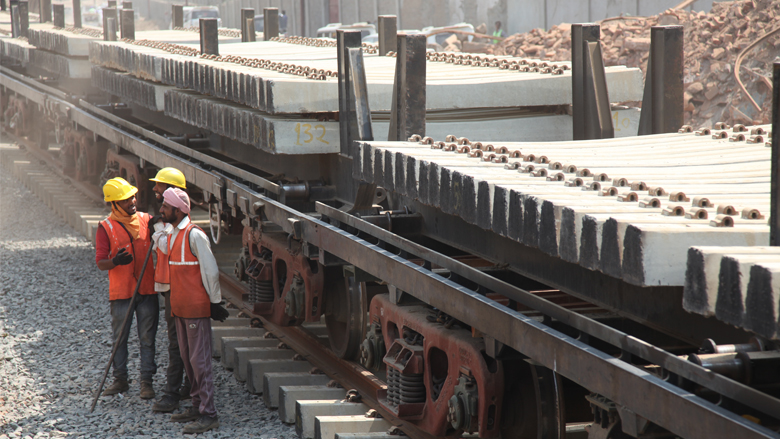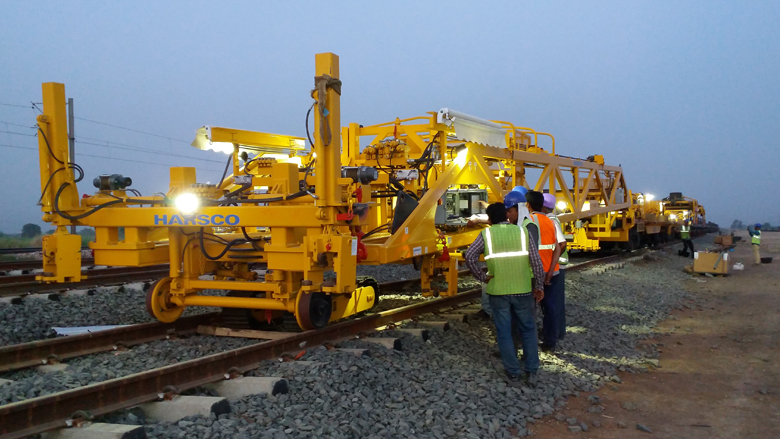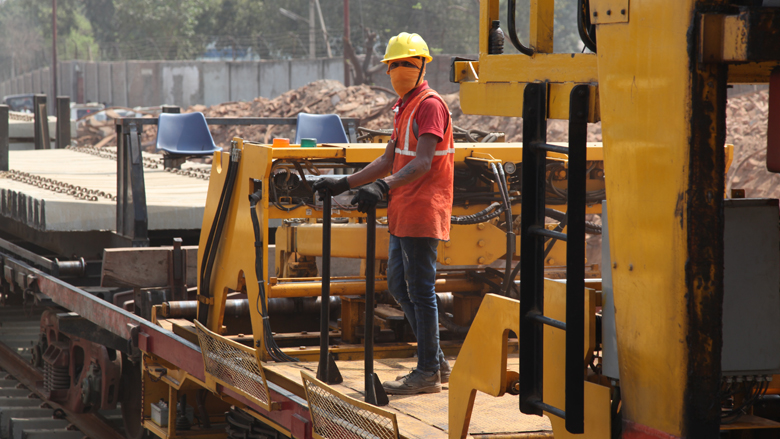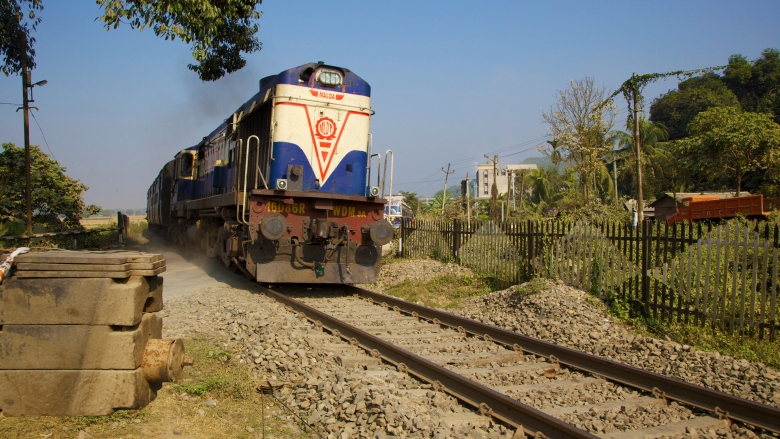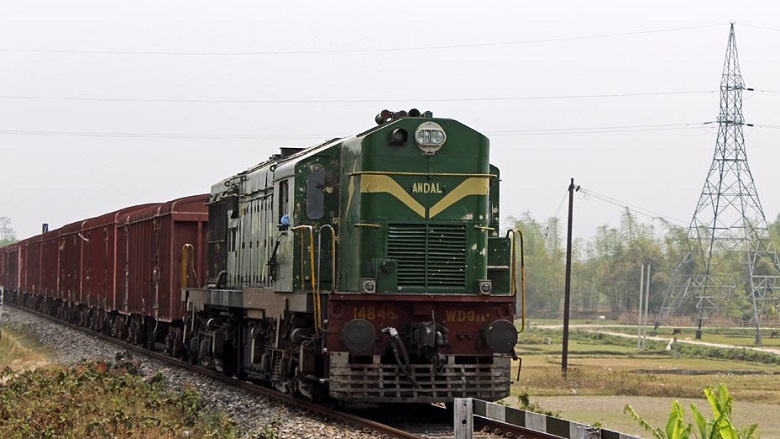Across the world, moving freight by rail is cheaper and greener than sending it by road. But in India, it is slow and unpredictable. And costs are amongst the highest in the world.
Indian Railways has been losing market share to road transportation because of inadequate infrastructure and poor services, exacerbated by the need to fit freight trains into busy passenger service schedules. As a result, most of India’s passengers and the bulk of its freight goes by road. Today, 90 percent of India’s passenger traffic and 65 percent of its freight uses road transportation. And these shares are growing.
Now, the Indian Railways is building two world-class freight corridors that will transform the way goods are transported along India’s busiest routes. Given India’s energy security issues and escalating concerns about traffic accidents, congestion and the greenhouse gas (GHG) emissions associated with road transport, these efforts will help increase the share of rail transportation in the country.
The dedicated freight-only lines are being built along the four key transportation routes – known as the Golden Quadrilateral – which connect Delhi, Mumbai, Chennai and Kolkata. These corridors carry the country's heaviest rail traffic and are highly congested.
The first dedicated freight corridors (DFC) to be built are the Western (Delhi-Mumbai), and the Eastern Corridors (Ludhiana to Kolkata).
World Bank support
About 2000 km long Eastern Corridor will pass through Uttar Pradesh and Bihar, bringing jobs and much-needed development to some of India’s poorest regions. The World Bank is financing about 1,200 km of the Eastern Dedicated Freight Corridor (Ludhiana - Kolkata) through a series of three projects: Khurja – Kanpur (EDFC I, 390 km); Kanpur – Mughal Sarai (EDFC II, 402 km); and Ludhiana – Khurja (EDFC III, 401 km). At completion, the program is expected to more than double the Indian Railways’ freight carrying capacity along the corridor.
The new electrified freight-only railway lines will allow trains to haul higher loads faster, cheaper, and more reliably than before, enabling the railways to make a quantum leap in their operational performance.
The Railways are using state-of-the-art technology and modern management and procurement approaches on a scale that is unprecedented in independent India. Construction is proceeding in accordance with internationally tendered ‘design and build’ contracts that put greater stress on compliance with schedules and budget than the traditional time and materials contracts used in the sector. For the first time in the country, rails of a quarter kilometer long are being laid using the latest automatic track laying machines.
The DFC lines are being built for maximum speeds of up to100km/h compared to current average commercial freight speed of about 25 km/h. The lines will also have a carrying capacity of 6,000 to 12,000 gross ton of freight trains at 25-ton axle load at opening, but designed to enable migration to 32.5 ton axle load later on. Apart from a reliable service, which is critical for freight customers, the DFCs will allow much shorter transit times from freight source to destination. And in some cases reduce the delivery time to more than 50 per cent.
